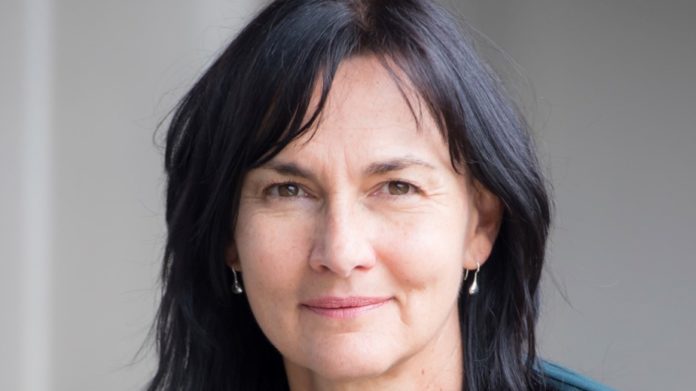
ANGLO American Platinum (Amplats) said an inventory build-up related to the failure of its processing facilities in Rustenburg could take the best part of a year to clear.
“We have some inventory that has built up in the first quarter owing to the Anglo Converter Plant (ACP),” said Craig Miller, CFO of Amplats in a media roundtable today. “We will continue to draw that down which will take us into 2021.”
An explosion of the ACP Phase A unit at the firm’s Waterval processing operations in Rustenburg resulted in a decision to close the facility in February. This event was followed by the subsequent failure of Phase B unit, which is used as a backup at ACP. The effect was to see Amplats adjust its full-year refined metal guidance to 3.3 to 3.6 million ounces, a one-fifth year-on-year reduction.
Phase B unit has been fixed and is slowly being recommissioned and Phase A unit will resume production by year-end which, based on previous estimates, is quicker by a quarter.
The adjustment in production scattered platinum group metal (PGM) markets to an extent, but of far greater influence was the onset of the COVID-19 pandemic from which Amplats’ customers were still emerging. Amplats said month-on-month customer demand was erratic, although it had been matched by lower supply from South Africa.
Amplats cut production to about 50% of capacity this year, but it elected to continue paying its 24,500 employees; this had ‘cost’ the company about R1bn from March to June.
Natascha Viljoen, who began work as CEO in April, said the plan was to restore production to about 75% to 80% before the year-end. The company was working on infection rate of the COVID-19 disease among employees of about 7% to 10%, roughly in line with the national average.
“I think you have to acknowledge that the R1bn is to support employees and that we won’t recover it,” she said. However, keeping the company sustainable was her primary goal in the short-term. All in all, R128m had been spent mounting a response to COVID-19 including supplying personal protective equipment, establishing quarantine facilities – the company has 1,000 beds readied – buying test kits as well as providing sanitiser.
In the meantime, it seems inevitable that Amplats will be unable to match its R14.2bn dividend payout of 2019 in its current financial year. “We have got good liquidity of R12bn in net cash, but we will continue to track this closely,” said Miller when asked about prospects for the dividend.
He previously announced adjusted guidance for earnings before interest, tax, depreciation and amortisation (EBITDA) of R18bn ($1.1bn) for the full-year (ended December) and R24bn for the half-year ($1.6bn). Spot prices had shifted a bit since then but the firm had not changed production guidance, he said. Amplats reports its interim numbers on July 27.
BAPTISM OF FIRE
The economic backdrop represents a nightmare opening three months for Natascha Viljoen who was named successor to Amplats CEO Chris Griffith in February. She said the crisis had enabled her to come to grips with the organisation quicker, however.
“It’s definitely not what I expected, but according to Chaos Theory the edge of chaos is when you get your most creative,” she said.
The pandemic had resulted in other interruptions in the business. The firm’s Breakthrough strategy which intends to implement improved business and operational practices, some absorbed from its parent company, Anglo American, had been affected, said Viljoen.
A feasibility study into the expansion of the firm’s flagship Mogalakwena mine had also been disrupted, though “not materially”, said Viljoen. Much of the feasibility work was desktop in nature and didn’t require the interaction of people on site.
Mokgalawena produced 1.2 million oz of platinum group metals in Amplats’ 2019 financial year yielding som R9.9bn in economic cash flow. A feasibility study into its 500,000 oz/year expansion, which requires construction of a third concentrator, was expected to be completed in 2021.









